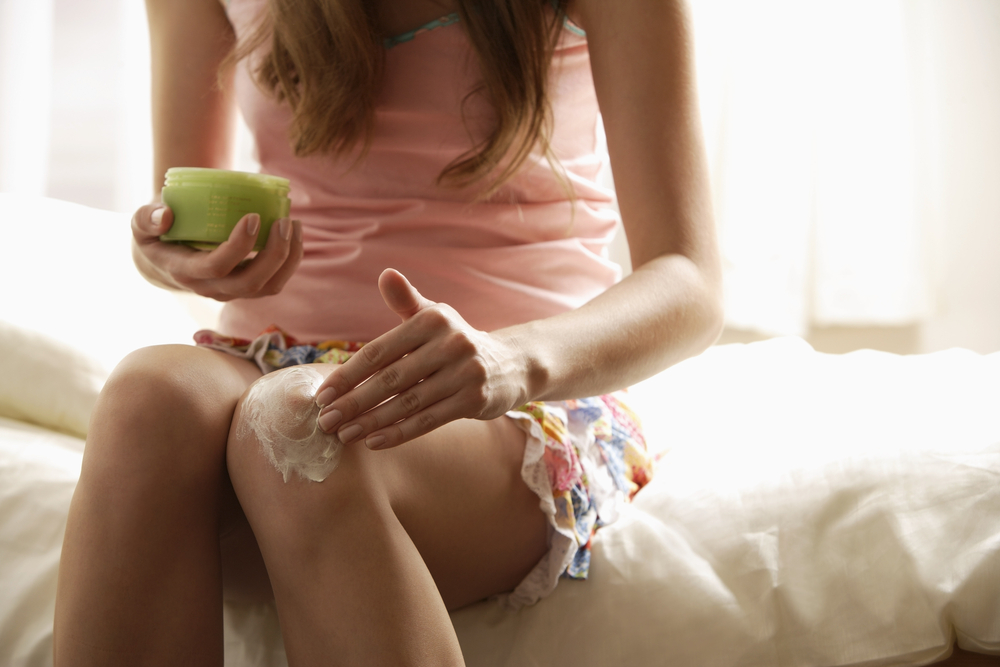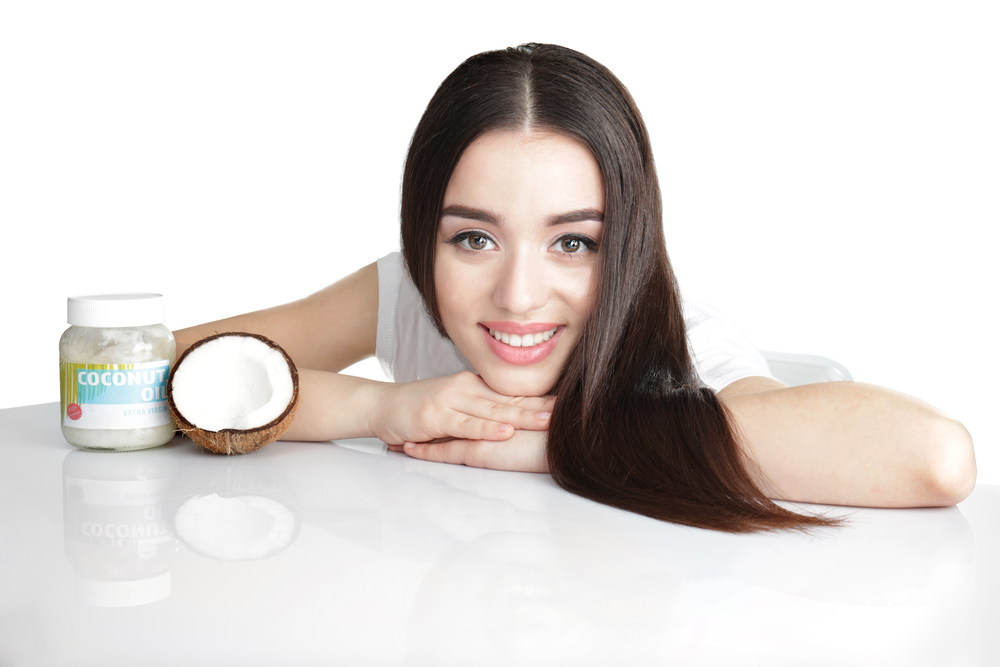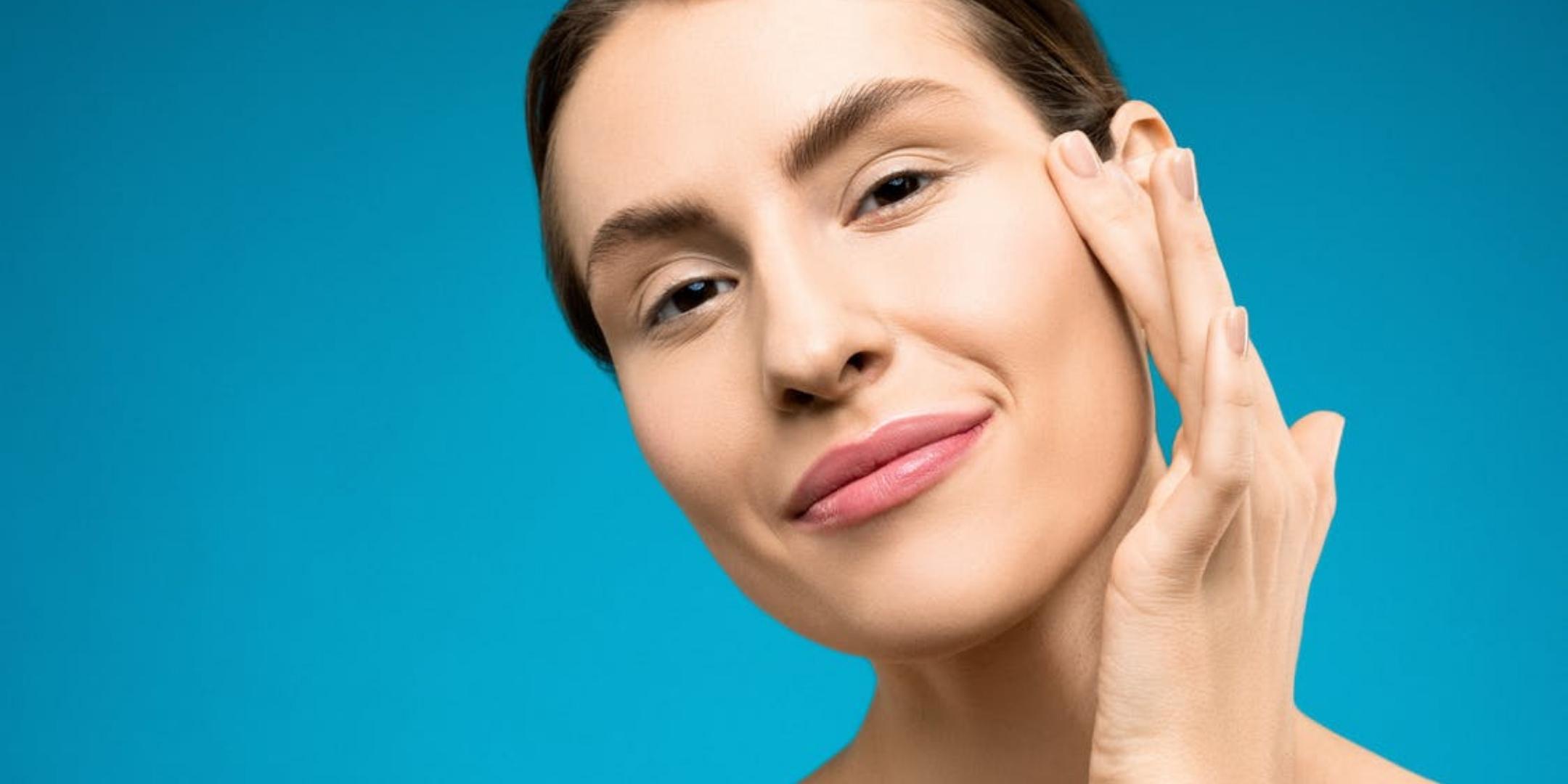“Why is the skin on my knees and elbows darker?” It’s a question that dermatologists hear every day. For millions of people, the naturally darker skin on their knees and elbows is a source of embarrassment. If you’re one of those people who hides under long clothing, keep reading!
Before we get started, it’s important to keep in mind that for most people, a slightly darker shade of skin on knees and elbows is completely normal and a natural characteristic of the skin’s pigmentation. For others, these dark areas may be the result of lifestyle habits or even certain medications.
The good news is, whatever the cause of your dark knees and elbows — if you don’t like them you don’t have to live with them. There are many solutions, from professional clinical treatments to DIY home remedies.
What makes the skin darker on my knees and elbows?
In the deepest part of our skin’s epidermis there are a type of cells called “melanocytes.” We all have them. These pigment-producing cells are what determine our skin’s natural color. Light and dark skinned people actually have the same number of melanocytes, but darker skinned people have more active, productive melanocytes. These melanocyte cells are naturally stimulated by UV radiation to produce the pigment melanin, which is why sun exposure makes our skin darker.
By now you’re probably wondering what could possibly be affecting the melanocytes in just your knees and elbows.
The skin on our knees and elbows is a little different from the smooth skin on our forearms, thighs and other areas. Our knees and elbows naturally have redundant skin which we need in order to stretch and flex when our joints bend. When our limbs are extended, this skin naturally “bunches up” around our knees and elbows, making it appear thicker and darker.
Another natural feature of human skin is that it naturally protects our joints by becoming thicker and harder over time when stressed with contact, friction or pressure. Are you leaning on your elbows at your desk all day? Then there’s a good chance the skin on your elbows is naturally thicker and rougher than the surrounding skin. You may also have a build-up of dead cells and potentially discolored skin in these areas.
Making this problem even more acute is that our knees and elbows don’t have the same number of oil producing cells as the skin elsewhere on our bodies. This means our knees and elbows experience natural moisture-loss and tend to dry out more easily.
This dry skin can build up — even if our elbows and knees aren’t experiencing lots of pressure or friction.
Can dark knees and elbows be lightened?
There are several ways to lightening dark skin in these trouble spots. However, bear in mind that there is no permanent solution — your melanocytes aren’t going anywhere. However, with regular treatment it’s not difficult to make those dark areas of skin fade away and disappear.
First we’ll cover some clinical solutions and high-end spa treatments, and then we’ll get into some home remedies you can try yourself.
Professional treatments
The following skincare treatments should be performed only by dermatologists, aestheticians or other skincare professionals because their effectiveness depends strongly on your specific skin color and degree of hyperpigmentation.
- VI Peel
VI Peel is a popular chemical peel available in many clinics and spas. It’s designed specifically to deal with areas of hyperpigmentation, and has been shown to lighten extremely stubborn spots that haven’t responded to other treatments.
VI Peel is better suited to lighter and some medium-pigmentation skin, and should be used cautiously on darker skin.
- Melapeel
This ‘medium’ chemical peel is made from a combination of lactic, phytic, salicylic and kojic acids, and also contains arbutin and retinol. Melapeel regulates your melanin production by inhibiting the action of your melanocyte cells.
Melapeel is a popular peel for addressing hyperpigmentation issues and lightening elbows and knees. It is appropriate for darker skin types.
- TCA peels
TCA or trichloroacetic acid peels are very popular for a variety of skin treatments, including lightening excess pigmentation on the knees and elbows. The recovery-time for elbow and knee peels can range from a couple days to a few weeks, depending on the strength of the peel.
TCA chemical peels are not appropriate for every type of skin, so you’ll want to consult with a skincare professional to see if it’s the right solution for you.
Home treatments
Home treatments for lightening knees and elbows tend to fall into two categories: Professionally designed at-home treatments that are easy enough to do yourself, and natural home remedies which have stood the test of time.
- Lactic acid peels
Lactic acid peels are some of the mildest chemical peels, and are available for home use. While not as powerful as professional elbow and knee peels, they can achieve satisfactory results on dark patches over time with multiple applications. For best results, you’ll want to find a lactic acid peel of between 40% and 50% strength. After applying your peel, leave it on for between seven and eight minutes before washing it off with warm water.
Remember, even home peels can cause irritation for a few days after application. You’ll want to repeat the process every two to four weeks for best results.
- Bleaching and lightening creams
Bleaching and lightening creams do a double job of both reducing skin pigmentation and moisturizing the skin. You’ll want to find skin whitening creams containing either kojic acid or alpha-hydroxyl acids, which have natural bleaching properties. You’ll also want to stay well clear of anything containing mercury or hydroquinone, which can cause skin damage.
Applying lightening creams to your knees and elbows is extremely easy, but controlling the results can be difficult and can take some practice. You’ll need multiple applications over time to make those dark knees and elbows lighter.
- Baking soda
Simple baking soda mixed with milk is a surprisingly effective home remedy use to lighten dark knees. Combine a tablespoon of baking soda with an equal amount of milk, and mix until you have a paste. Rub the mixture into your skin using small circular motions for a few minutes — you’ll do a double job of exfoliating your dead skin cells and mildly bleaching the area. Repeat this process every other day until you see results.
- Lemons
Natural lemon juice is rich in antioxidants and acts as a natural skin lightening agent. The citric acid in lemon juice is also a natural exfoliating agent that helps to remove dead skin cells where they accumulate on the knees and elbows.
Simply cut a fresh lemon and massage the juice into the skin. Rinse with warm water after about 20 minutes. This process can be repeated daily, but take a break if you experience any irritation.
- Aloe Vera
Aloe is another natural remedy that works in several ways at once. You can either buy fresh aloe leaves, or a formulated aloe vera gel. As a natural moisturizing agent, aloe is perfect for knees and elbows which tend to have drier-than-normal skin. Aloe also helps overturn skin cells and improve skin tone.
If you’re starting with fresh aloe, simply cut into the leaf to expose the natural aloe juice. For best results, rub the aloe gel into your knees in small circular motions and leave it for at least twenty minutes before rinsing with warm water.
- Cucumber
Believe it or not, cucumbers have natural bleaching properties which have long been used to lighten skin. Simply cut thick slices of cucumber and rub the slices gently over the affected areas until they are covered in a light layer of cucumber juice.
You’ll want to massage this natural bleaching agent into your skin for at least ten minutes, and then rinse with lukewarm water. Many people prefer to exfoliate the area first using a pumice stone to increase the level of absorption.
Erasing ashy elbows
Dry and rough elbows are another factor that can contribute to discoloration for certain people. Ashy elbows are typically the result of harsh weather, either extremely cold winter days or a dry heat in the summer.
As with most dry skin, the solution to ashy elbows lies in exfoliation and moisturizer. If you live in a particularly dry area, using a humidifier could also help to reduce the appearance of ashy knees and elbows.









